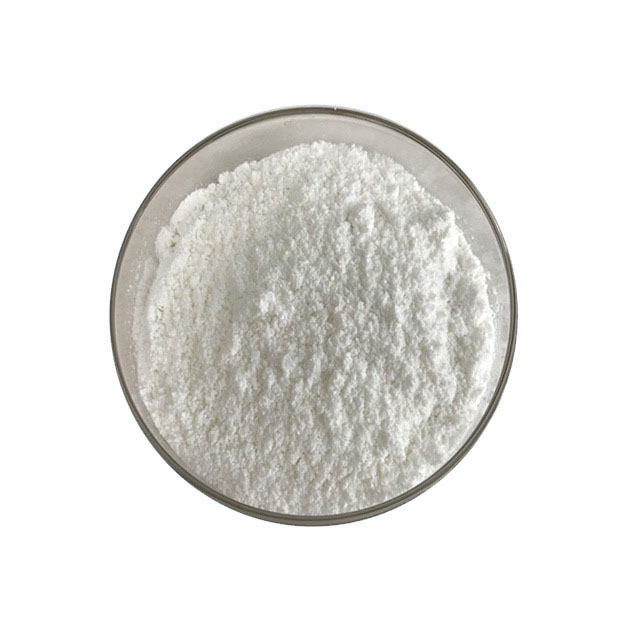
Inositol
Inositol is one of the B vitamins. Due to the different orientations of the hydroxyl groups relative to the ring plane, there are 9 isomers, 7 of which are non-optically active and 2 are optically active (left- and right-handed isomers). It exists in all biological tissues in free or combined form in nature. It is a common component in animal and plant cells. It can be synthesized by digestive tract microorganisms and participates in carbohydrate and lipid metabolism in the body.
It mainly exists in the form of phosphatidylinositol in animals, and is most abundant in the brain, myocardium and skeletal muscle;
It mainly exists in plants in the form of phosphoinositide, and can combine with calcium, zinc, iron, etc. to form insoluble compounds, interfering with their digestion and absorption.
Application
1. Lower cholesterol;
2. Promote the growth of healthy hair and prevent hair loss;
3. Prevent eczema;
4. Help the redistribution (redistribution) of body fat;
5. Has a sedative effect.
6. Inositol and bilefacin combine together to form vitellin.
7. Inositol plays an important role in supplying nutrients to brain cells.
